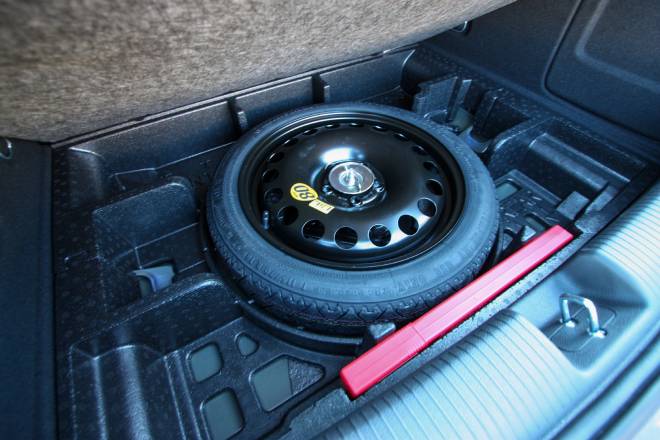My car doesn’t have a spare tyre, what happens if I get a puncture?
Many cars are now equipped with a temporary puncture repair kit rather than a spare tyre. See owner’s handbook on how to use and remember this is only a temporary and not permanent puncture repair.
Do tyre valves need to be replaced?
Valves should be replaced or serviced when renewing tubeless tyres. When checking or adjusting inflation pressure, always ensure the valve is not leaking. A new cap of the sealing type should be fitted.
Can my car tyre be repaired?
Repairs to car tyres must only be carried out by a tyre specialist and in accordance with the current British Standard AU159. Permanent repairs can only be carried out following removal of the tyre from the wheel to allow a thorough inspection internally as well as externally to ensure there is no hidden damage which could result in a catastrophic failure.
What if there is damage to my wheel?
It is essential that rim and tyre sizes are matched in accordance with the tyre manufacturer’s recommendations and that the assembly is an approved fitment for the vehicle concerned.
Tyre fitting and repair should only be entrusted to a trained tyre specialist who has the necessary equipment and expertise. Inexpert fitting can result in operator injury and damage to tyres and rims. Wheels should be balanced after tyres are fitted or replaced.
Can I repair my tyre myself with a liquid sealant or a plug?
No. Neither externally applied plug repairs, nor liquid sealants can be considered to be a permanent repair. Tyre manufacturers cannot be held responsible for problems resulting from their use. For repairs to self-supporting run flat tyres, consult the relevant tyre manufacturer.
Tyres should not be used on damaged, distorted or modified rims. This could result in tyre damage, deflation and possible loss of control of the vehicle.

